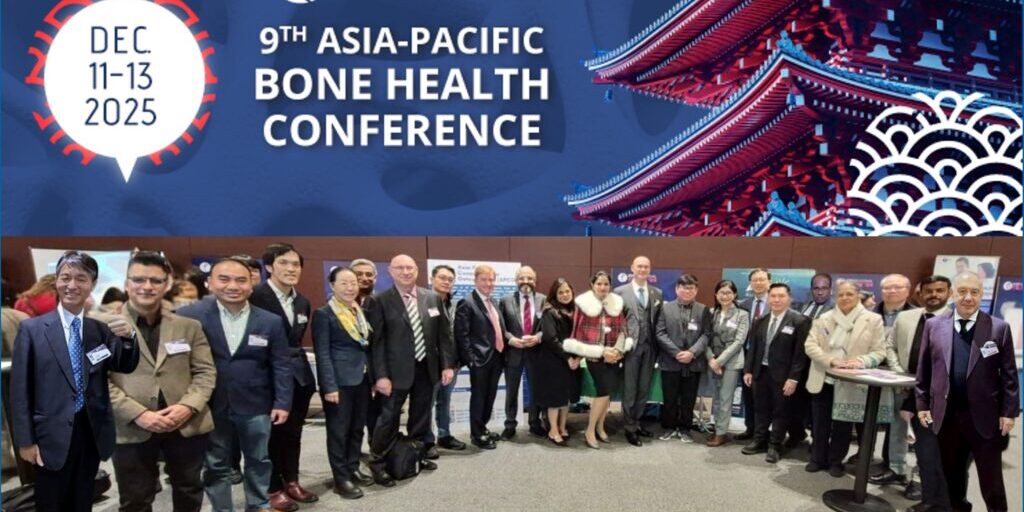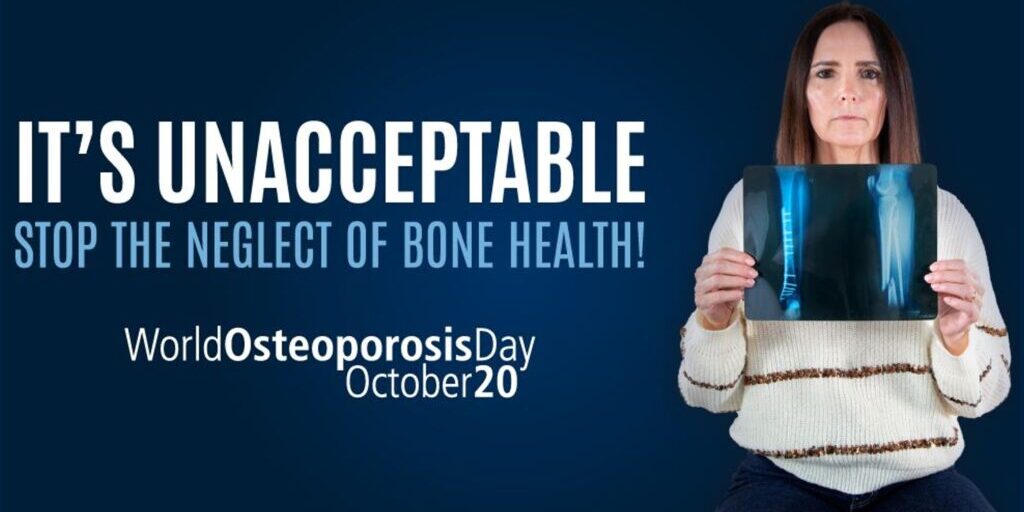Prostate cancer is the most common male solid organ malignancy. Almost half of the men with prostate cancer will be treated with androgen deprivation therapy (ADT) to suppress testosterone levels. While this improves disease-free survival and mortality, ADT is associated with a loss of BMD and an increased risk of fragility fracture. This complication will become increasingly common due to the ageing population and rising prevalence of both prostate cancer and osteoporosis with age.
Men treated with 12 months of ADT had a reduction in BMD of approximately 2.5 per cent at the total hip, 2.4 per cent at the greater trochanter, 2.6 per cent at the radius, 3.3 per cent at the total body, and 4.0 per cent at the lumbar spine. The prevalence of osteoporosis was 35.4 per cent in hormone-naïve patients, 42.9 per cent after two years of ADT, 49.2 per cent after four years, and 80.6 per cent after 10 or more years. Analysis of 50,613 men with prostate cancer in the linked Surveillance, Epidemiology, and End Results (SEER) programme and Medicare database found that 19.4 per cent of those who received ADT had a fracture, compared with 12.6 per cent of those who did not receive ADT (P<0.001).
Only 28 per cent of radiation oncologists and 5 per cent of urologists would refer for a DXA scan prior to commencement of ADT. Denosumab has been shown to reduce the risk of vertebral fracture in patients on ADT. The bisphosphonates pamidronate, zoledronate, alendronate, and risedronate were all associated with increased BMD in this patient population, although these studies were not powered for fracture reduction as an end-point. Despite availability of these bone protective agents, bone health remains poorly managed in this patient group, with few patients on ADT being screened or commenced on bone protective therapy.
As clinicians with expertise in bone health, we should be initiating dialogue with our radiation and medical oncology and urology colleagues regarding the bone health of patients with prostate cancer. This will hopefully lead to them referring such patients for assessment of bone health and implementation of a management program involving calcium and vitamin D supplementation, an exercise program to lower falls risk and commencement of bone protective therapy, if appropriate.
Written by Associate Professor Peter Wong (PhD Grad Dip Clin Epi FRACP CCPU), Senior Staff Specialist, Department of Rheumatology, Westmead Hospital, Sydney, Australia.






